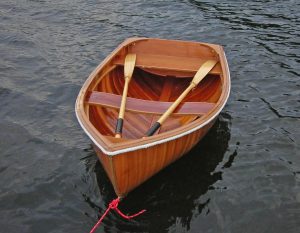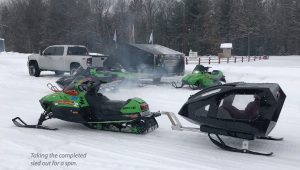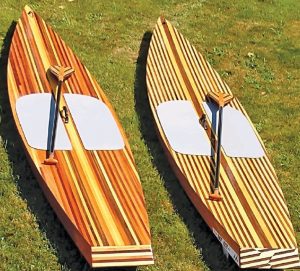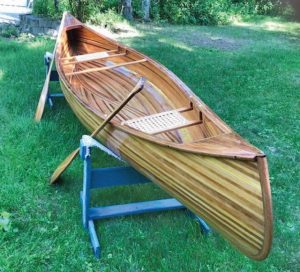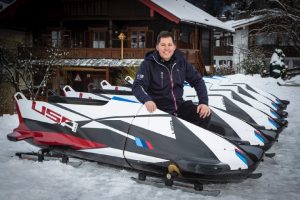Craig Bjarnason built an 8‘ dinghy. It is a cold molded, cedar hull with mahogany keelson seats and transom. All the laminating was done with thickened WEST SYSTEM® Epoxy. The hull was sheathed with 6 oz. fiberglass/epoxy on the outside and was epoxy coated on the inside. This boat is used as a tender for […]
